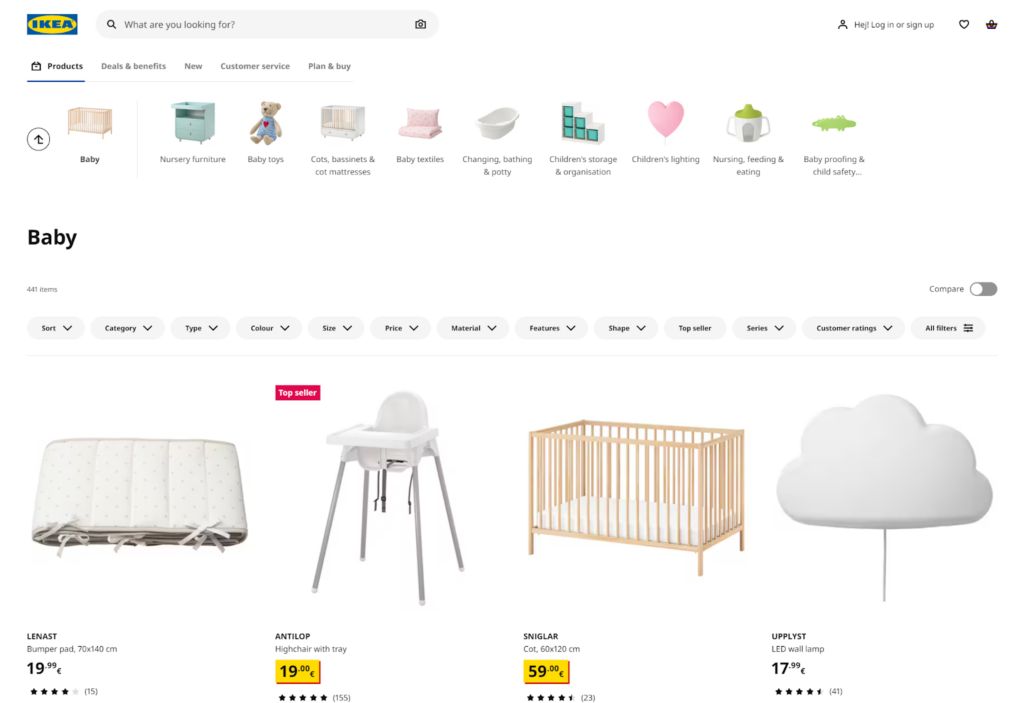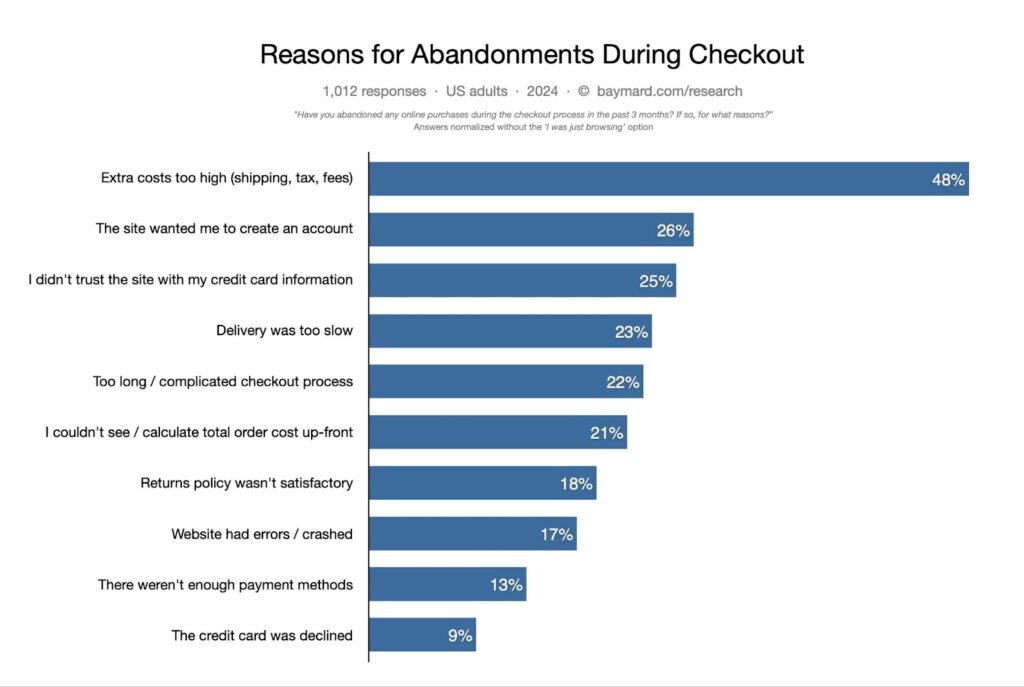How to Enhance Conversions on E-commerce Websites
- by Ilona K.

Table of contents
E-commerce websites should aim to provide the best possible conversion experience to turn first-time visitors into loyal customers. Explore three features that will help you increase conversions on your e-commerce website.
Conversion is a completion of a specific goal - such as buying a product or signing up for a newsletter - by a person who saw an advertisement, visited or shopped at a website.
Conversion is affected by multiple factors, including the external ones (such as the demand fluctuations for your products or success of advertising campaigns) and the internal ones (website loading speed, design, and UX). Here are three features that can increase conversions on your e-commerce site.
User-Friendly Navigation
Intuitive and user-friendly navigation is a crucial part of a successful e-commerce website. According to a study by the Baymard Institute, a global research company, 21% of users in the US and Europe leave a website because of poor navigation.
Websites with a well-designed navigation system have a lower bounce rate. This means that users can easily find the products they need without having to wander around too much.
Key elements of effective navigation:
- Visual Appeal. Use contrasting colors, clear fonts, and informative section titles to create a positive first impression.
- Simplicity. Avoid complex menus and submenus; focus on key sections to minimize search time.
- Clear categories and subcategories. This helps users easily navigate the content and find the information they need.

- Search Functionality. A prominent search bar with an easy-to-follow prompt allows users to find specific products quickly.
- Filtering Options. Filtering products by price, size, color, and brand helps visitors quickly find exactly what they are looking for.
- Breadcrumbs. A chain of links separated by a (>) sign, breadcrumbs help both users and search engines understand the structure of the site, simplifying navigation and allowing users to move easily between categories and products nested hierarchically.
Notable examples of effective navigation include the Amazon and Zappos websites. Their clear categories, breadcrumb navigation, and extensive filtering options allow users to navigate their vast inventories with ease, improving the overall user experience and boosting sales.
Streamlined Checkout Process
A complicated and lengthy checkout process leads to lost revenue, causing the customers to abandon their carts.

Here are some effective strategies to make checkout more convenient and hassle-free:
1. Simplify the process
Reduce the number of steps required to complete a purchase and eliminate unnecessary fields in forms. The simpler the checkout, the more likely the customer will finish the purchase.
2. Offer guest registration
Customers are more likely to abandon their cart if you require them to create an account. Guest registration without a need to create an account makes transactions easier and faster. You can offer users the opportunity to create an account after they’ve made a purchase, which may increase the likelihood of the transaction being completed, according to Forrester Research, an American research and consulting company.
3. Offer a variety of payment methods
Providing a wide range of payment options significantly enhances the checkout process. Some methods that may be worth integrating include:
- Credit and debit cards, the most common payment options.
- PayPal for online transactions, which offers security. According to Demand Sage's (a company that has developed an automated platform for creating marketing reports) data for 2024, PayPal leads the payment processing market with a 45.39% market share.
- Digital wallets such as Apple Pay and Google Pay provide convenience and security.
- Programs like Afterpay or Klarna allow customers to make purchases in installments rather than paying immediately.
4. Save payment information.
Let customers save their payment details so they don’t have to re-enter them every time they make a purchase. This not only saves time but also enhances the overall shopping experience.
Remember to test and optimize the process to identify and eliminate any potential obstacles, which will ultimately lead to increased sales and customer satisfaction.
Secure Payments
Security is paramount for online shoppers. Having a secure payment gateway safeguards customer information and fosters trust in your business.
In today’s ever-evolving world of cybersecurity threats, customers need to be confident that their personal and financial data is protected. Here are two must-haves:
1. Implement SSL Certificates
SSL (Secure Sockets Layer) certificates encrypt the data transmitted between the user’s browser and the server. This safeguards sensitive information and adds an extra layer of trust as users see a lock icon in the address bar. Having an SSL certificate is a crucial component for any e-commerce site, as it helps build customer confidence and improves search engine rankings.
2. Build Trust Through Trusted Payment Gateways
Integrating trusted payment gateways like PayPal or Stripe allows customers to make secure payments, reducing cart abandonment. To ensure that your site meets security standards, work with professionals in the field of e-commerce website development. They will help you implement the necessary security measures and create an atmosphere of trust for your customers.Want more useful tips to run an online business? Visit it.com Domains blog and follow us on social media.

Read also

Tips and Tricks
AI Appreciation Day: Top-10 Domain Names for AI Startups on it.com Domains
- 3 min read

